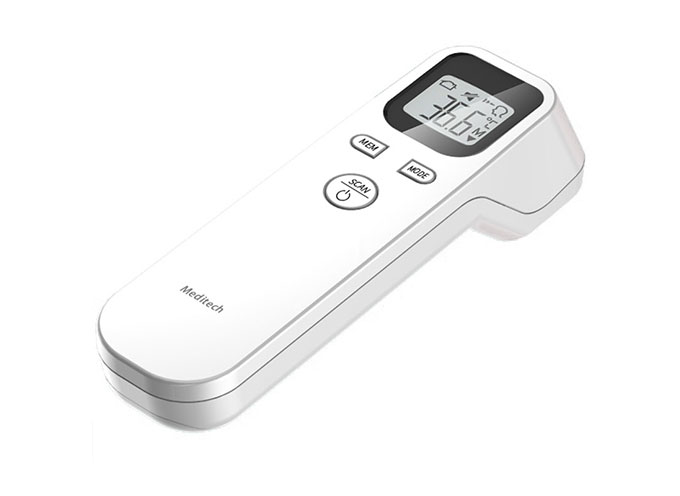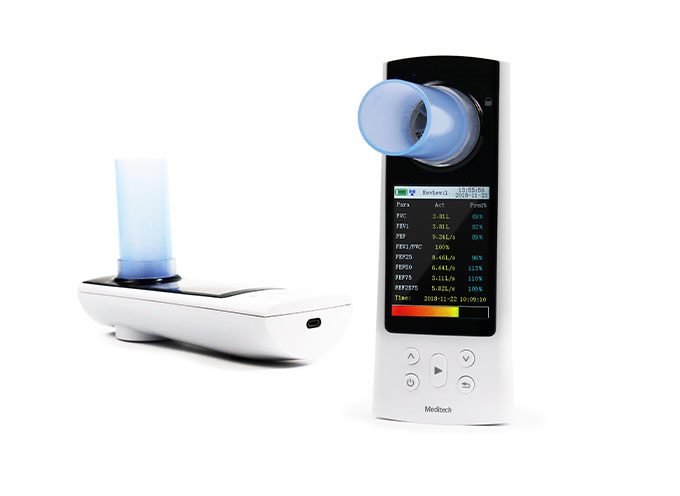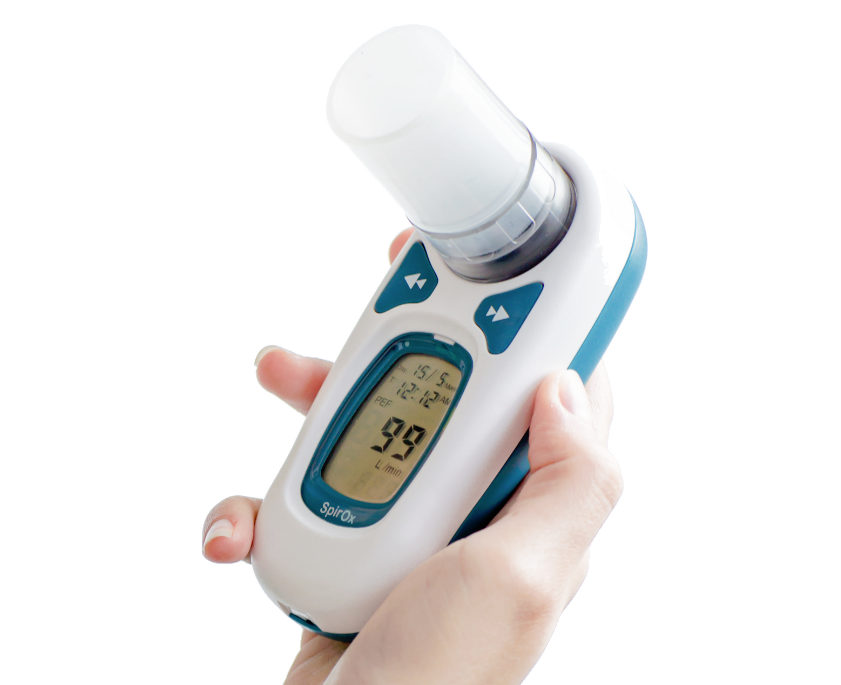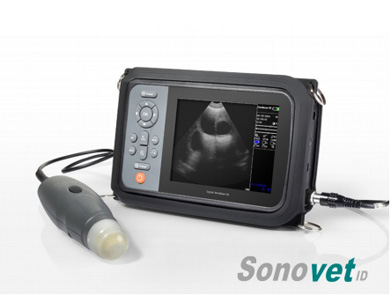

Product Library
How AED pads are manufactured?
How AED pads are manufactured
The production of AED pads is a meticulous process involving several stages to ensure their effectiveness and safety during a sudden cardiac arrest emergency. Here's a breakdown of the typical manufacturing steps:1. Material selection
· High-grade, biocompatible materials that meet global safety standards are sourced.
· These materials commonly include:
· Plastic/Polymeric film: Polyethylene (PE) or Polyvinyl Chloride (PVC) film forms the base of the pad.
· Conductive hydrogel: This is a crucial element, usually composed of water, sodium chloride (NaCl), and a gelling agent (like polyacrylic acid or carbomer).
· Adhesive: A medical-grade acrylic adhesive is used for skin adhesion without causing irritation.
· Metal layer: A conductive layer, such as tin foil, is typically included. HeartSine electrodes, for example, use a printed silver layer which creates a stable silver chloride layer during the manufacturing process, resulting in a longer shelf life compared to traditional tin/aluminum alloy conductors.
· Backing foam: Polyurethane or polyethylene foam provides cushioning and support.
2. Manufacturing process
· Production takes place in sterilized environments to maintain hygiene and prevent contamination.
· Film formation: The polymeric film base is extruded or cast into thin sheets.
· Gel mixing and coating: The conductive hydrogel is precisely mixed and then applied to the surface of the film base. This gel is essential for ensuring proper electrical conductivity between the electrode and the patient's skin.
· Electrode fabrication: This involves creating the conductive layers, which may involve printing or other methods depending on the design.
· Lamination: The foam backing is laminated onto the opposite side of the polymer film.
· Die-cutting: The laminated materials are then die-cut into the final shape and size of the AED pads.
· Packaging: The pads are packaged under sterile conditions to maintain their integrity until use.
3. Quality control and testing
· Throughout the manufacturing process, strict quality control checkpoints are in place.
· Pads are inspected for conductivity, adhesion, sterility, and shelf-life.
· Finished products undergo batch testing and compliance checks before being released for clinical use.
· AED pads, including the gel and adhesive components, have expiration dates because the materials can degrade over time, impacting their effectiveness. Regularly checking expiration dates and performing visual inspections are crucial to ensure AED readiness.
Promoted Products
Meditech Brands
Meditech Equipment Co.,Ltd is part of Meditech Group. Product(s) described may not be licensed or available for sale in all countries. Sonotech, Sonovet, iSonic, FOs2pro, Dolphi, Defi, HeartRec,miniScan,Cardios,SpirOx,iBreath, Meditech and all corresponding design marks are trademarks of Meditech. The symbol indicates the trademark is registered. Patent and Trademark Office and certain other countries. All other names and marks mentioned are the trade names, trademarks or service marks of their respective owners. Please see the Instructions for Use for a complete listing of the indications, contraindications, warnings and precautions.
Legal notice Terms and conditions Cookie policy Privacy Policy Professional organisations Careers















